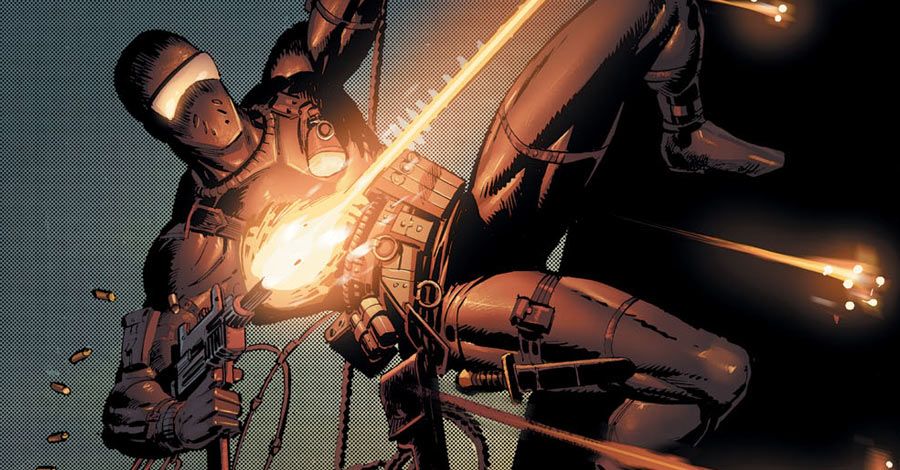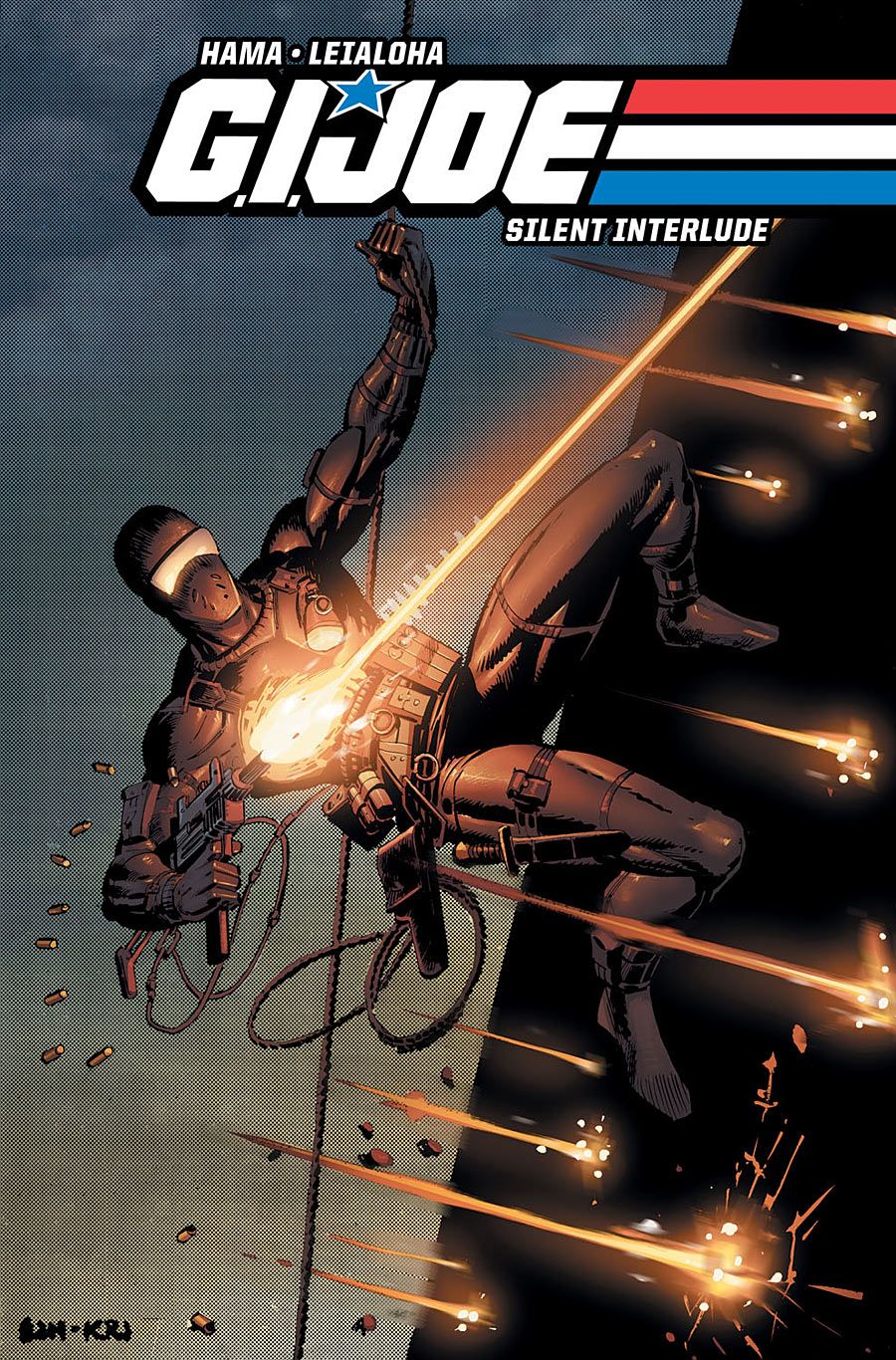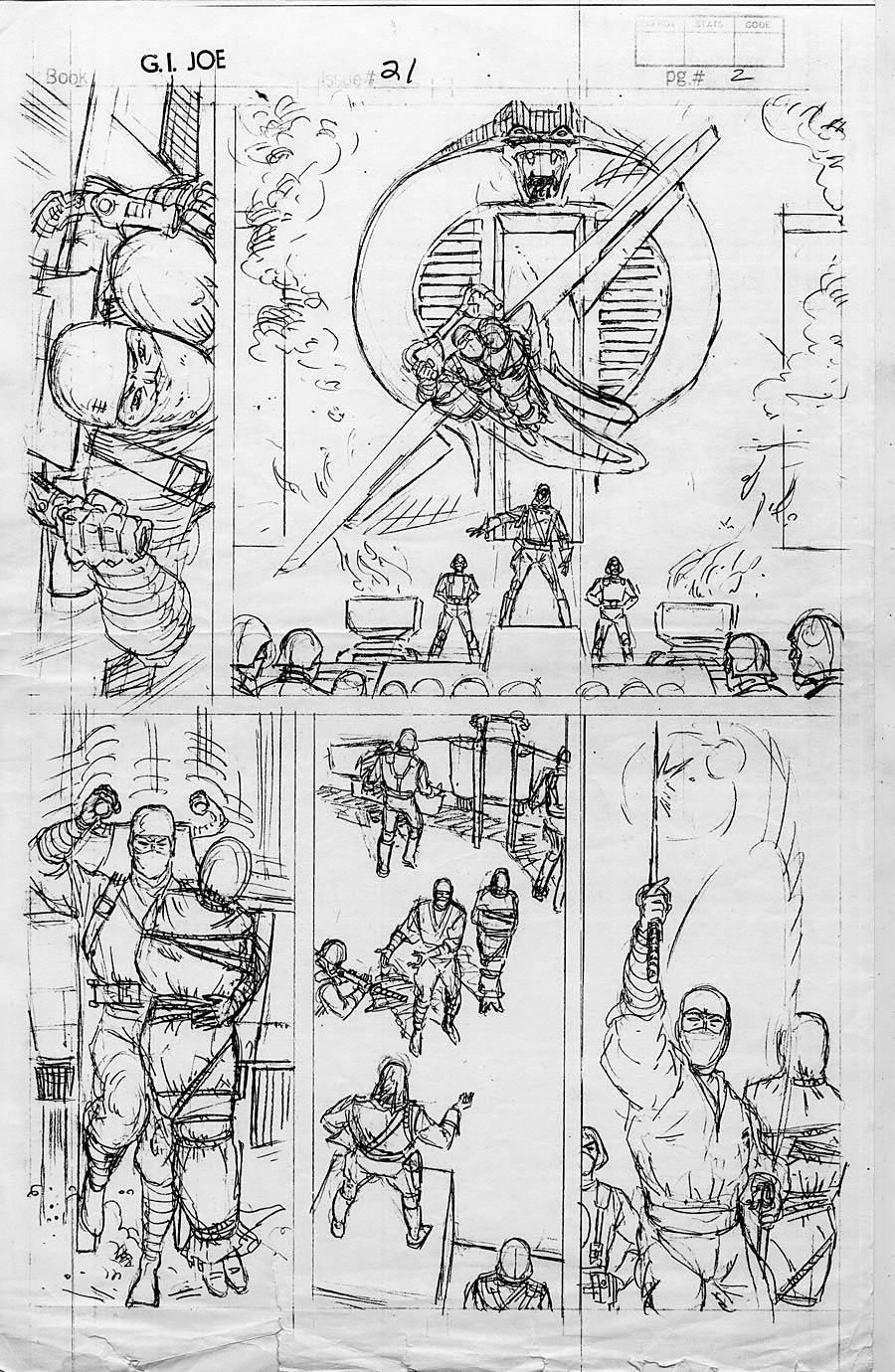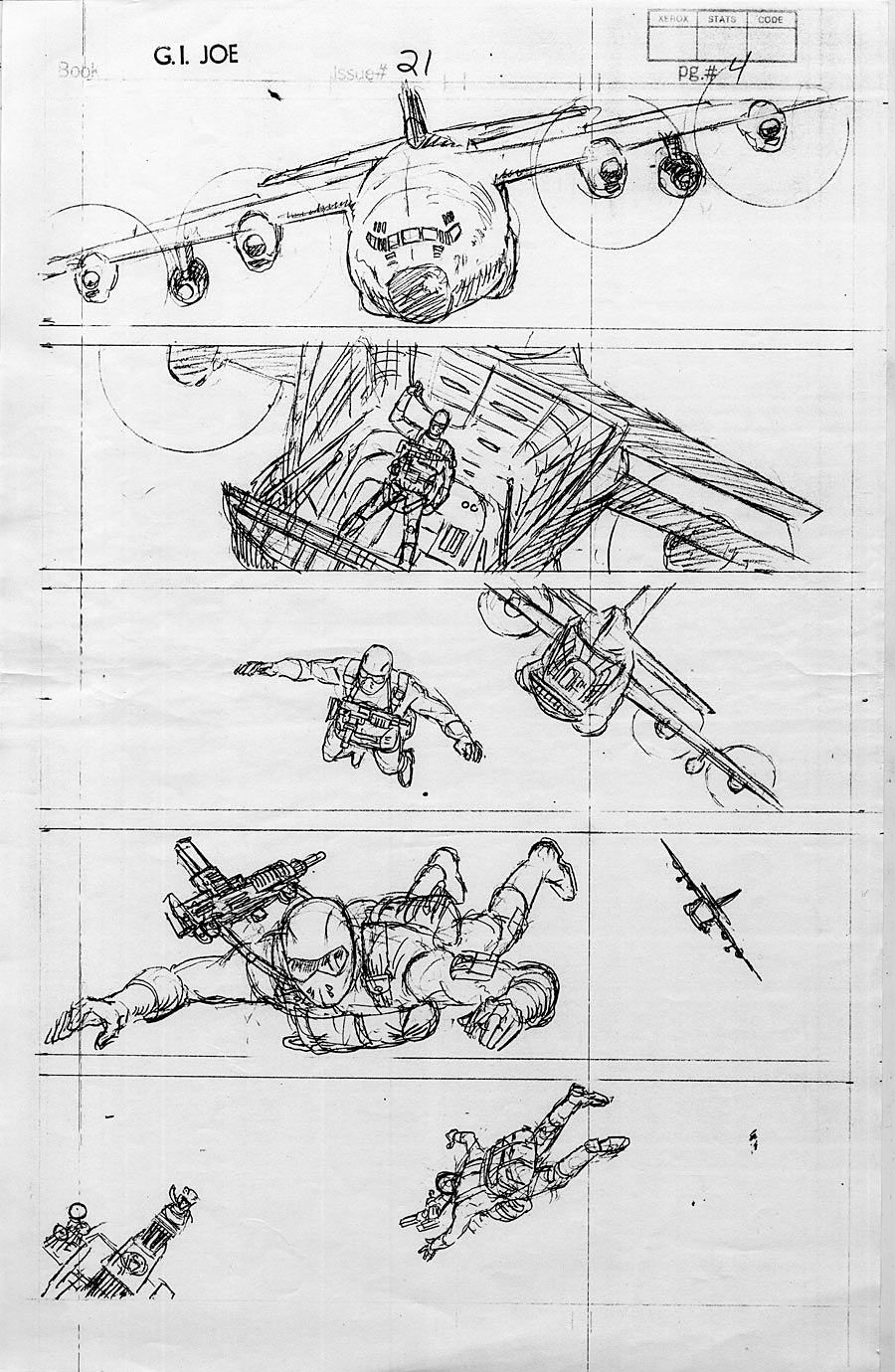This July, IDW Publishing is re-releasing "G.I. Joe: Silent Interlude 30th Anniversary Edition," writer/artist Larry Hama's classic silent story from 1984's "G.I. Joe" #21. With words and layouts by Hama and finishes by Steve Leialoha, "Silent Interlude" exploded onto the comics industry three decades ago and has grown to become one of the most popular and influential single issues of all-time.
RELATED: Hama Celebrates 200 Issues of "G.I. Joe: A Real American Hero"
Hama recently spoke with CBR News about his legendary story, revealing how a deadline crunch inspired the issue and its now-famous gimmick, why he doesn't consider himself a writer, his own favorite "silent" issues and more.
CBR News: Larry, what was your original inspiration for "Silent Interlude?"
Larry Hama: They needed the issue done in three weeks. Not having any lettering cut a week off the schedule.
Three weeks was less than half the time usually allotted. I forgot how the thing happened, but we needed an issue right away. I told Denny [O'Neil, the book's editor] if I wrote and drew at the same time we could cut out a lot of time. And then I had the idea to do a silent issue and eliminate the week it would take to get it lettered.
What was your writing process like for a silent issue versus a more traditional one?
I drew it. That's how I write. I draw the stories in my head, and then I describe in words what I drew. Dialogue is an afterthought. I hate captions and never use thought balloons. I'm not a writer, I'm a penciler with a word-processor.
"I'm not a writer, I'm a penciler with a word-processor." That's an interesting statement. How does it reflect in your work?
I imagine the stories in my head as silent movies, and then when I sit down at the keyboard, I just describe the pictures. The majority of pencilers I have worked with have told me that my plots are easier to draw than scripts from writers who don't draw themselves.
This issue is very often described as one of the greatest comic books ever. Where does it stand in your own estimation? How do you feel about the book being what you're best known for?
Could be a lot worse. Maybe it works because I had no time to try to make it be precious, or crammed with detail and noodly rendering. I had to boil the story down to the most direct visual sequences, and not having words to fall back on, I had to make everything as clear as possible. Every time we leave stuff for the "other guy" to do, or make apparent, we lose essential clarity (in my honest opinion). I drew it in about three days on the kitchen table in the tiny apartment on 12th St. we were living in at the time. No thumbnails, no lightboxing; drew it directly on the Marvel paper after I ruled all 22 pages of panel borders. And no, I did not know what was going inside the panels when I ruled the borders.
RELATED: Larry Hama Deploys "G.I. Joe" to Comic-Con International
What are your favorite sequences from "Silent Interlude?"
I can't tell where one sequence stops and another one begins. I had fun drawing Destro leading the charge up the stairs, and I felt like I was in the pocket while drawing the fight between Snake-Eyes and Storm Shadow.
What is it about Snake-Eyes and Storm Shadow you find so fascinating?
It's not that I find them fascinating, I find them easier to relate to and craft stories about.
How did you work with Steve Leialoha, who provided finishes over your layouts, to develop the book's art?
We were three thousand miles apart. I don't believe I talked to Steve at all. I have known Steve since the early '70s (we met in San Francisco), and I would see him at cons and other events, but I don't remember discussing anything about this particular issue at the time.
Are you providing any extra content or commentary for this edition?
Yes. I'm also providing the only Xerox copy in existence of the unlinked breakdowns (pencils). I am missing the splash page, though, and the edges of some of the pages are a bit raggedy.
What are some of your favorite silent issues other creators have done over the years?
[Jim] Steranko did a silent sequence that went on for a number of pages in "[Nick Fury:] Agent of Shield" way back when, but it wasn't the entire issue. [Bernard] Krigstein had a sequence in "The Master Race" that was mostly silent -- the man in the trench coat falling onto the subway tracks. I haven't been on Marvel or DC's comp list for twenty years, so I have no idea if anybody else has done one since.
Many comic creators cite this issue as a big influence. Has anyone ever mentioned it to you directly how "Silent Interlude" influenced their work?
Nope, not a one. A lot of creators thank me for compiling "Wally Wood's 23 Panels That Always Work."
Lastly, seeing as it's the issue's 30th anniversary -- any plans for a silent "G.I. Joe" issue this year?
No.
The "G.I. Joe: Silent Interlude 30th Anniversary Edition" hardcover goes on sale July 2 from IDW Publishing.





